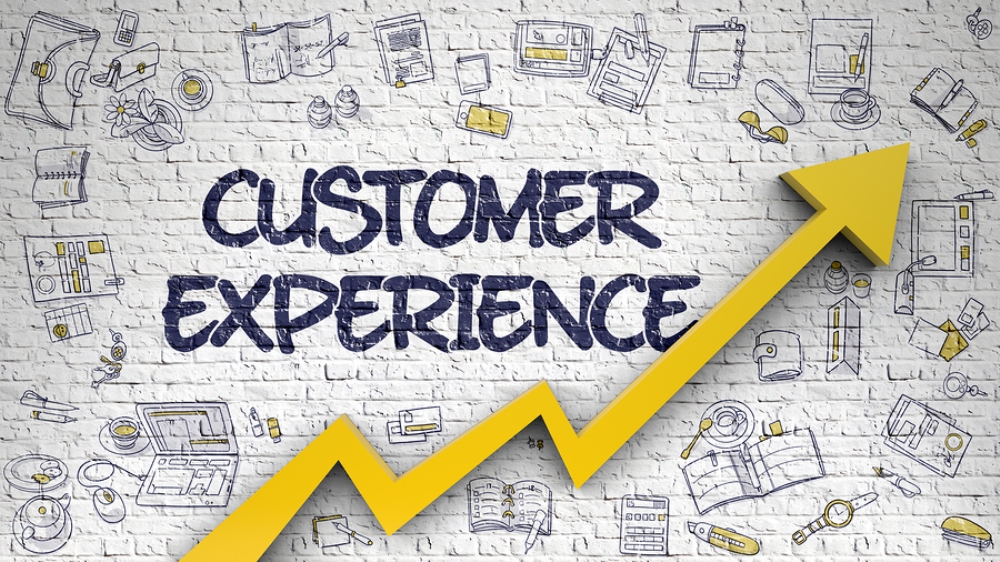
Consumer appetite for intelligent home technologies is likely to continue its rapid growth, making gifts such as Wi-Fi enabled thermostats the most sought-after items to give and receive well after the holiday season is over. The attraction? A new level of ‘hyper-relevance’ consumers haven’t experienced before – marking the start of a shift that will force companies to rethink how they interact with, serve and sell to customers craving smarter, more intuitive devices they can easily manage, control, and monitor from anywhere.
As consumers engage with next-level technologies, their demand for these highly personalized customer service experiences is soaring. According to new research from Accenture Strategy, poor customer service personalization and lack of trust cost U.S. organizations $756 billion last year, as 41 percent of consumers switched companies. These challenges underscore the need to refocus on providing the best customer service to retain existing and new customers – there is too much at stake to not get this right.
In a new world of internet of things (IoT) and connected home technology, tried and true tactics are in line for a shakeup. Driving customer engagement through operational excellence – bolstered by deep, ongoing insights into customer behavior – will make or break a company’s ability to have their customers’ loyalty, and ultimately increase profitability and growth in this new playing field.
As a business reaches a certain threshold is size and scope, some clear priorities begin to emerge, which include: growing connects (or the base of customers), drive higher average revenue per customer, improving the customer experience and, the most critical, increasing customer tenure (or in other words reducing churn). Leading companies have started to recognize that hyper-relevant customer service experiences are a necessary strategy to driving customer engagement and help reduce churn.
Comcast, for example, has shown remarkable success improving its customer service engagements by personalizing several aspects of their day-to-day operations and interactions with customers – both in person and online, while utilizing both cutting-edge data and plain old good listening skills. Among the personalization efforts that Comcast has put in place, the company focuses on tailoring the in-home experience, offering a seamless onboarding experience and using push notifications to follow up, especially with new customers. See below for more insights.
OPERATIONAL TACTICS TO DRIVE ENGAGEMENT AND PRODUCT AWARENESS
1. TAILORING THE EXPERIENCE
Whether a company has a sales staff, technicians or both, there are many opportunities to offer a tailored experience to welcome new customers in person. For instance, companies that send technicians to install services have a valuable – though often-missed – opportunity to deliver a one-on-one personalized product training that can help establish customer loyalty. Instead of simply leaving behind materials for your new customers to read and educate themselves on their new purchase, have the technician show the customer how to use the service or product. Customers with a strong understanding of how to use their new system or service and all the features available to them before the technician leaves their home—be it a Xfinity Home system or a newly installed smart-thermostat – will use and engage with the system. Typically, customers who do not engage with a new product or service will cancel or return it after a period of inactivity.
These are some additional tips for any technician or in-home consultant to onboard a new customer:
2. HIGHLY PERSONALIZED ONBOARDING CALLS
While an in-person technician or in-home consultant visit can arm customers with knowledge about operating their new system or service, it can be a lot to absorb all at once. It’s imperative to follow up to make sure the new system is meeting your new customer’s needs and expectations.
To achieve this successfully, we recommend calling or connecting online with all new customers to understand their personal experience with the product or service, keeping the following in mind when you follow up:
3. SMARTER PUSH NOTIFICATION STRATEGY
A truly personalized onboarding calls operation should be combined with a smarter push notification strategy as well. Push notification enablement marks a highly valuable new touchpoint for businesses to engage with their customers. True industry leaders tailor their push notifications directly by tracking daily interactions customers have with their system, product or service and alerting customers about how they can use it better.
Specifically:
Offer Relevant and Helpful Updates: Determine what types of daily interactions your customers have with the system, product or service and how it compares with the desired experience. For instance, consider this sample push notification: “We have noticed you have not armed your home security system this week. Do you know you can automatically arm and disarm your home at your desired time any day of week? Click here to learn more and to set it up.”
THE FRAMEWORK FOR GROWTH
So, how can leaders put these best practices into action and create a successful customer engagement framework? Regardless of the industry, key strategies to achieve the most benefit of hyper-relevance necessitates the following:
Leadership in this new era of hyper-relevance necessitates a balance of strategy with execution by investing in technologies and skills that leverage deep real-time customer insights. When combined with a commitment to operational innovation, your business can deliver the highly personalized customer service experiences your customers crave – and help put a halt once and for all to the customer churn that is costing companies billions.